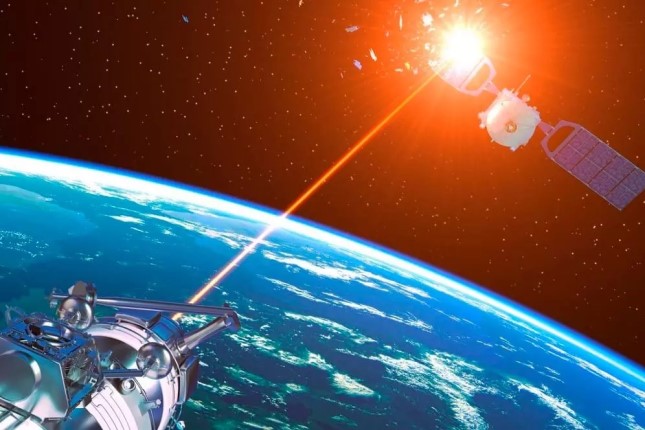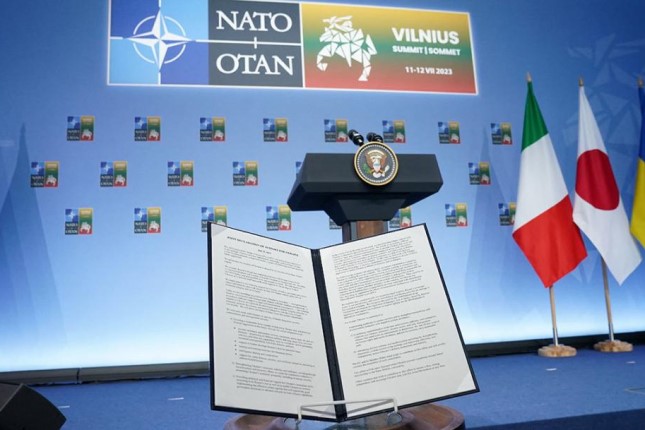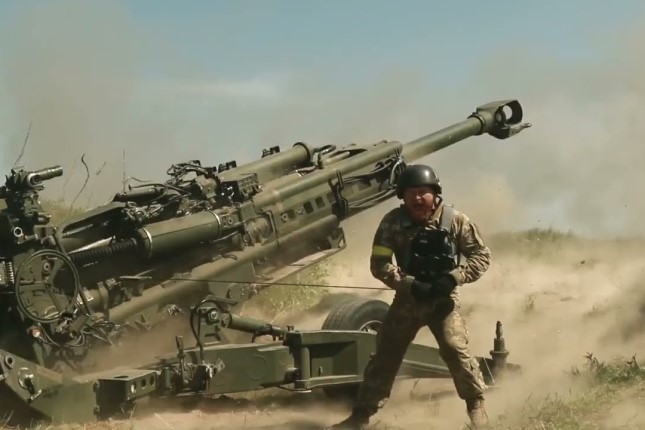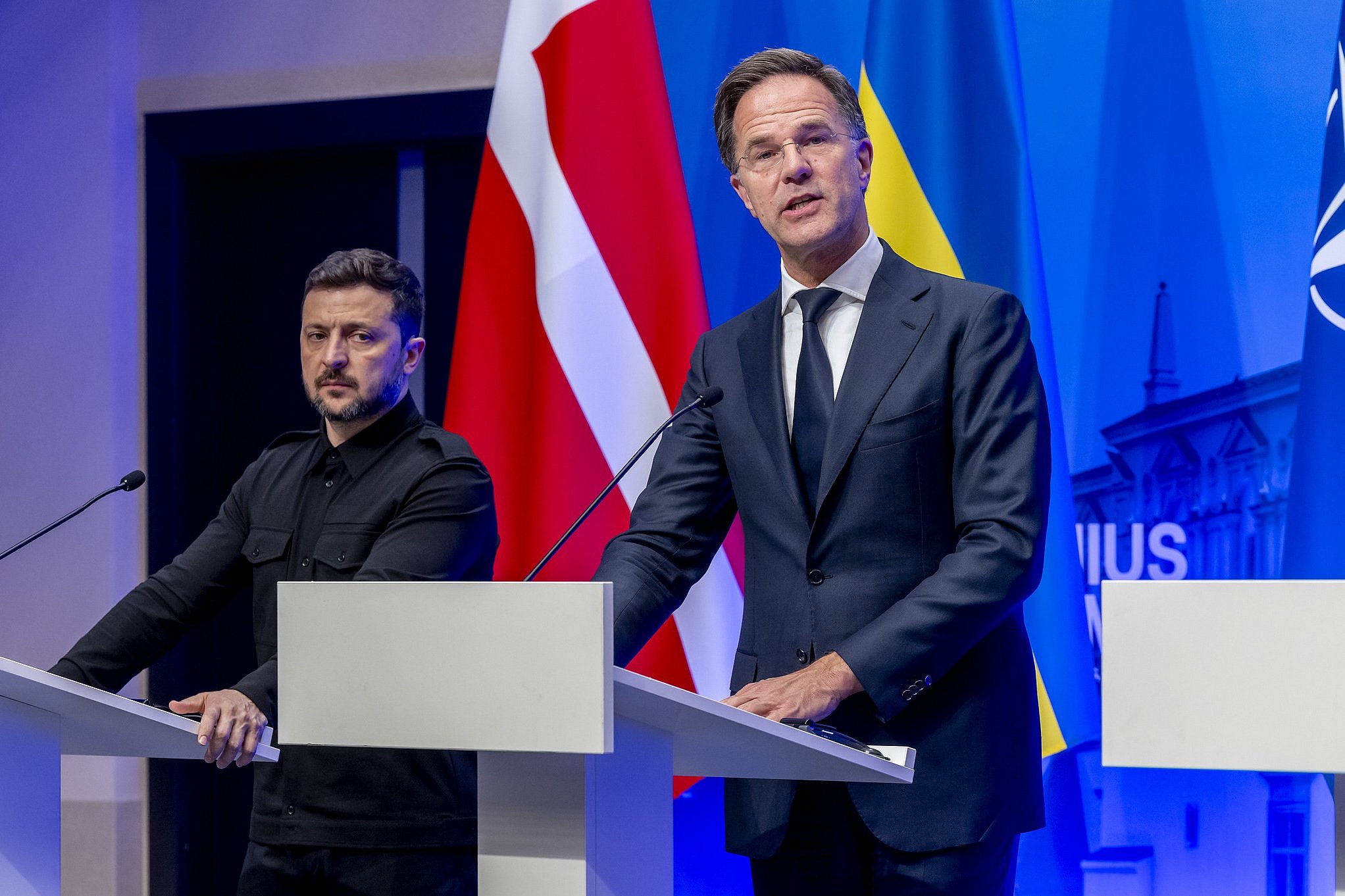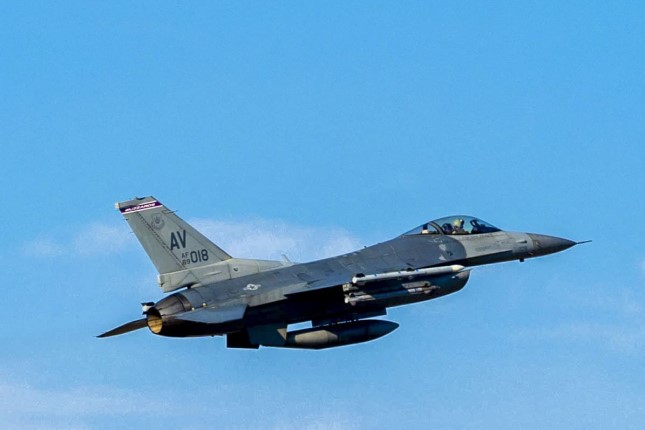The year 2022 will go down in history as the time of military conflict in Ukraine. However, the main events today are not happening there at all. They occur in and around space.
2022 is the year of a new record for space launches. In less than eleven months, 145 successful launches took place, while for the entire last year, there were 135 launches. In 2020 and 2019 − 107 and 97 launches, respectively.
This year is the year of the first mass use of Starlink satellite internet in actual combat (Ukraine) and the first attempt to use satellite internet to support mass protests (Iran).
Elon Musk's SpaceX began deploying a constellation of low-orbit satellites in 2018, and in 2020, Starlink started to provide commercial services. And by September 2022, the Starlink satellite constellation already had more than 2,300 satellites, and the number of users of this high-speed broadband network was more than 500,000 users. It is planned to deploy from 12 to 30 thousand satellites in total.

A satellite network of this magnitude seriously affects the military-strategic and military-political balance of power. Its work cannot be disrupted without large-scale and prolonged use of anti-satellite weapons.
The world is entering an era when the military and hybrid use of space is becoming an everyday reality.
The dilemma of life and death
In parallel with building up its capabilities in space, the United States is increasingly monitoring and analyzing the space activities of its main competitors − China and Russia. In the past three years, the US has noticeably intensified the discussion about possible scenarios for the development of the space arms race.
The empowerment of China and Russia requires the US to choose how to respond. In particular, the question is as follows: should the reaction be built around the disclosure of US capabilities, or, on the contrary, increase secrecy?
The dilemma is the following. Continuing to hide its capabilities, the US does not launch deterrence mechanisms when competitors know what response they may face. Revealing the possibilities of the United States may provoke competitors to increase their efforts to grow their potential. For example, the story of the test of anti-satellite weapons is given.
In 2007, China carried out such tests: at an altitude of 865 kilometres from the Earth's surface, an old meteorological satellite Feng Yun 1C was destroyed. In 2008, the US shot down a faulty satellite using a modified Standard Missile-3 interceptor (a US missile defence element). The George W. Bush administration then argued that the move was necessary to avoid the potential spread of toxic rocket fuel from a falling satellite, but very few were convinced.
The American test of anti-satellite weapons has drawn criticism inside and outside the United States, including from allied countries. This was seen as a direct response to China's anti-satellite test. Critics argued that the "retaliatory" test was provocative and only confirmed long-standing accusations by Russia and China that US missile defence was developed and deployed, among other things, as an anti-satellite weapon system.
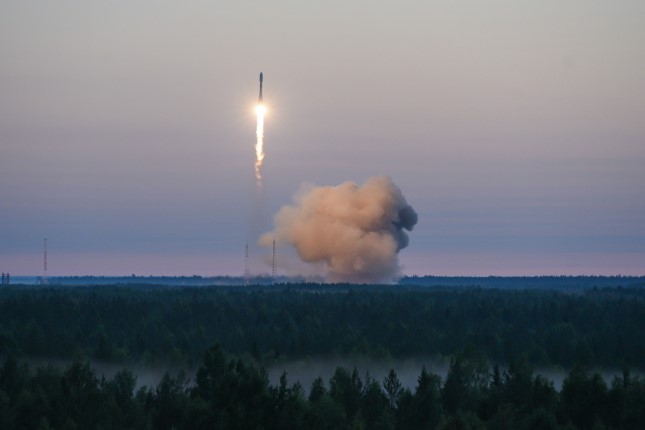
In 2021, Russia shot down its old satellite. What specific missile was used is still unknown.
The situation is exacerbated by the fact that it is unclear whether the logic of deterrence will work in the case of space weapons in the same way it works in nuclear deterrence. Namely, will the provoking effect be stronger than the deterrent? Will it not turn out that no system of space deterrence will be formed? On the contrary, all attempts to act with the same logic will only lead to an inevitable direct military clash in space and on Earth using space-based weapons systems.
Range of possibilities
In general, each of the three leading players in space, Russia, China and the United States, already has a wide range of "space weapons".
The main positions are:
- satellite reconnaissance, communications (Internet) and navigation;
- anti-satellite kinetic weapons (ground-based missiles);
- anti-satellite beam and microwave weapons;
- killer satellites and bodyguard satellites;
- space-to-earth strike weapons (FOBS), including hypersonic ones.
Some are more advanced in specific components, some in others. However, it is not yet possible to say that any of the parties has a significant arsenal that can have a systemic impact on the course of real hostilities, except for the "reconnaissance-communications-navigation." Point or episodic influences of this or that character are possible. For the situation to change, more significant groupings and infrastructure are required.
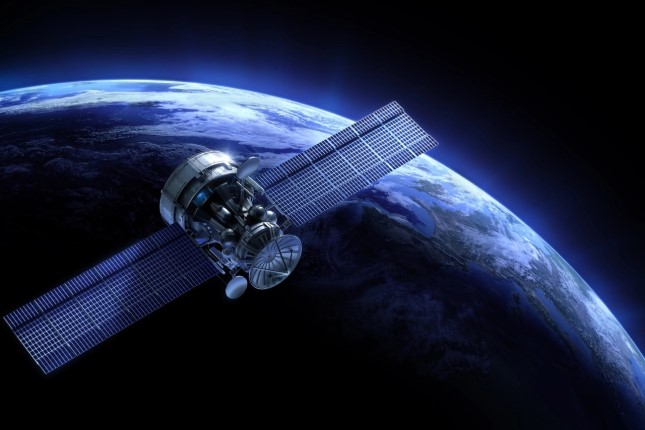
However, as the power competition "on the ground" becomes tougher, escalation in space is also possible. This may account for some somewhat unexpected statements by Elon Musk regarding the possible restriction of the access of the Ukrainian Armed Forces to the "military Internet" of Starlink.
The fact is that many space systems are of a hybrid military-commercial nature. And the escalation of military use of hybrid systems is undermining the potential for their commercial expansion.This, in turn, makes the development of the actual military component of these systems too expensive.
In particular, the personnel of hybrid projects differ significantly in values and beliefs from the purely military segment; often, it is multinational. This imposes a number of fundamentally unavoidable restrictions on militarising hybrid space systems.
Therefore, although some space weapons systems are potentially destabilizing, it is still very premature to call it an arms race in space. Significant opportunities remain for dialogue on the militarization of outer space in the context of broader negotiations on strategic stability.
